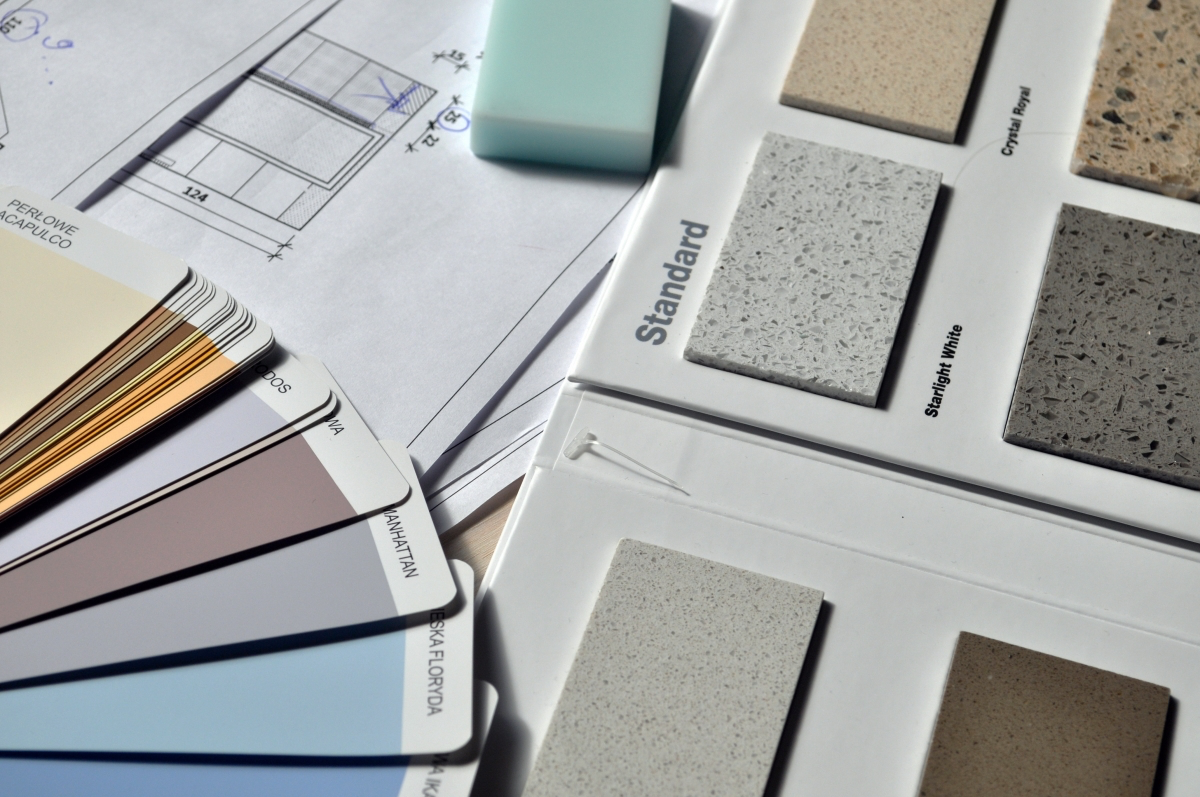Read This Before You Buy a House: A Pro’s Guide to Dodging the Traps
I’ve been in the real estate world for a long, long time. I’ve seen the triumphant smiles at the closing table more times than I can count, and honestly, it’s the best part of the job. But some stories stick with you for all the wrong reasons.
I’ll never forget this one young couple. They found a place they absolutely loved. It had a gorgeous, brand-new kitchen and seemed flawless. To make their offer stand out in a crazy market, they took a gamble and waived the formal inspection. Fast forward a month after they moved in, a big storm rolls through. A slow leak in the old roof, totally hidden by a quick coat of paint in the attic, turned into a full-on waterfall. It completely ruined the ceiling and cabinets in their dream kitchen.
Their dream turned into a financial nightmare of insurance fights and unexpected repairs that topped $25,000. It was a brutal lesson.

Buying a home isn’t just about signing a check; it’s an emotional, legal, and structural maze. The biggest mistakes I see people make aren’t just financial. They come from rushing things, letting
Inspiration:


- Check the water pressure by turning on multiple faucets and a shower at once.
- Open and close every single window and interior door to see if they stick or sag.
- Look for fresh paint in odd places, like a single wall in a basement or a patch on the ceiling. It can hide water stains or cracks.
- Test your cell phone reception in different parts of the house, including the basement.
The secret? Looking beyond the surface. These small checks can reveal big problems the seller might not disclose.

According to a recent survey by the National Association of Realtors, 12% of buyers cited issues with the neighborhood as a major reason for dissatisfaction after their purchase.
This isn’t just about crime rates. Visit the property at different times of day—and on a weekend. Is the neighbor’s garage band practicing at 10 PM? Is the morning commute traffic a standstill on that ‘quiet’ street? The vibe of a neighborhood is something no listing description can capture.

The Trap of ‘Good Bones’: It’s a classic real estate phrase, but what does it really mean? A solid foundation and a good roof are crucial, but don’t let it blind you to other big-ticket items. Outdated electrical systems (like old knob-and-tube wiring) or deteriorating galvanized plumbing can easily cost $15,000-$20,000+ to replace, turning a home with ‘good bones’ into a financial skeleton.

What does ‘as-is’ really mean for you?
It means the seller will not make any repairs or offer credits for issues found during an inspection. While it can sometimes make an offer more attractive, it’s a huge gamble. You inherit all existing problems, known and unknown. Unless you have a significant contingency fund (at least 5-10% of the home’s value) set aside specifically for immediate, unexpected repairs, proceeding with an ‘as-is’ clause on an uninspected property is a professional-level risk not recommended for most buyers.

FHA Loan: Backed by the government, it allows for down payments as low as 3.5%. Ideal for first-time buyers with less cash saved up, but it requires you to pay mortgage insurance for the life of the loan in most cases.
Conventional Loan: Not government-insured, typically requiring a higher credit score and a down payment closer to 20% to avoid private mortgage insurance (PMI). Offers more flexibility in terms.
The right choice depends entirely on your financial situation, not just the lowest initial payment.
Pay close attention to the age of the HVAC system and water heater. The average lifespan is 15-20 years for a furnace and 8-12 for a water heater.










